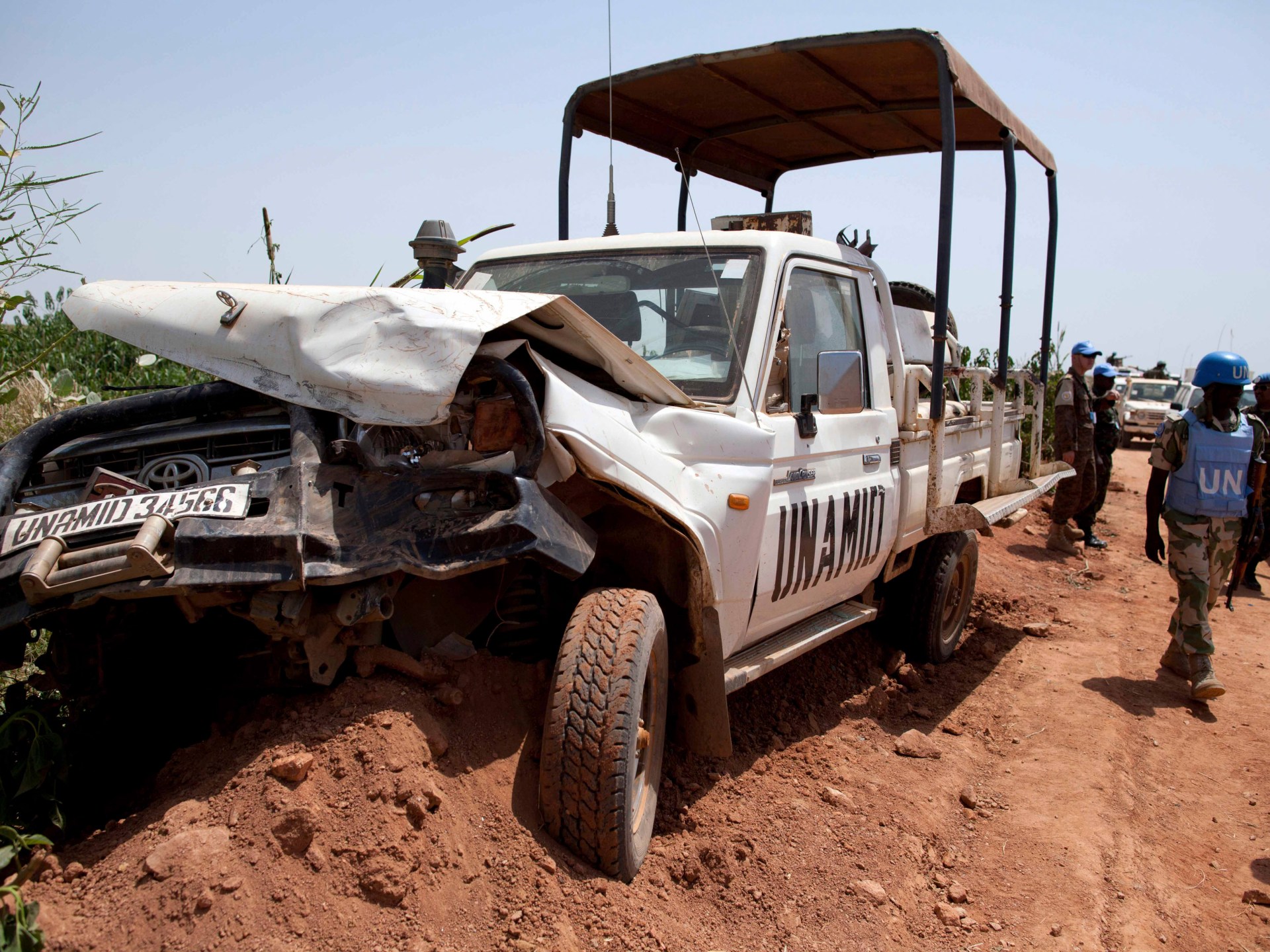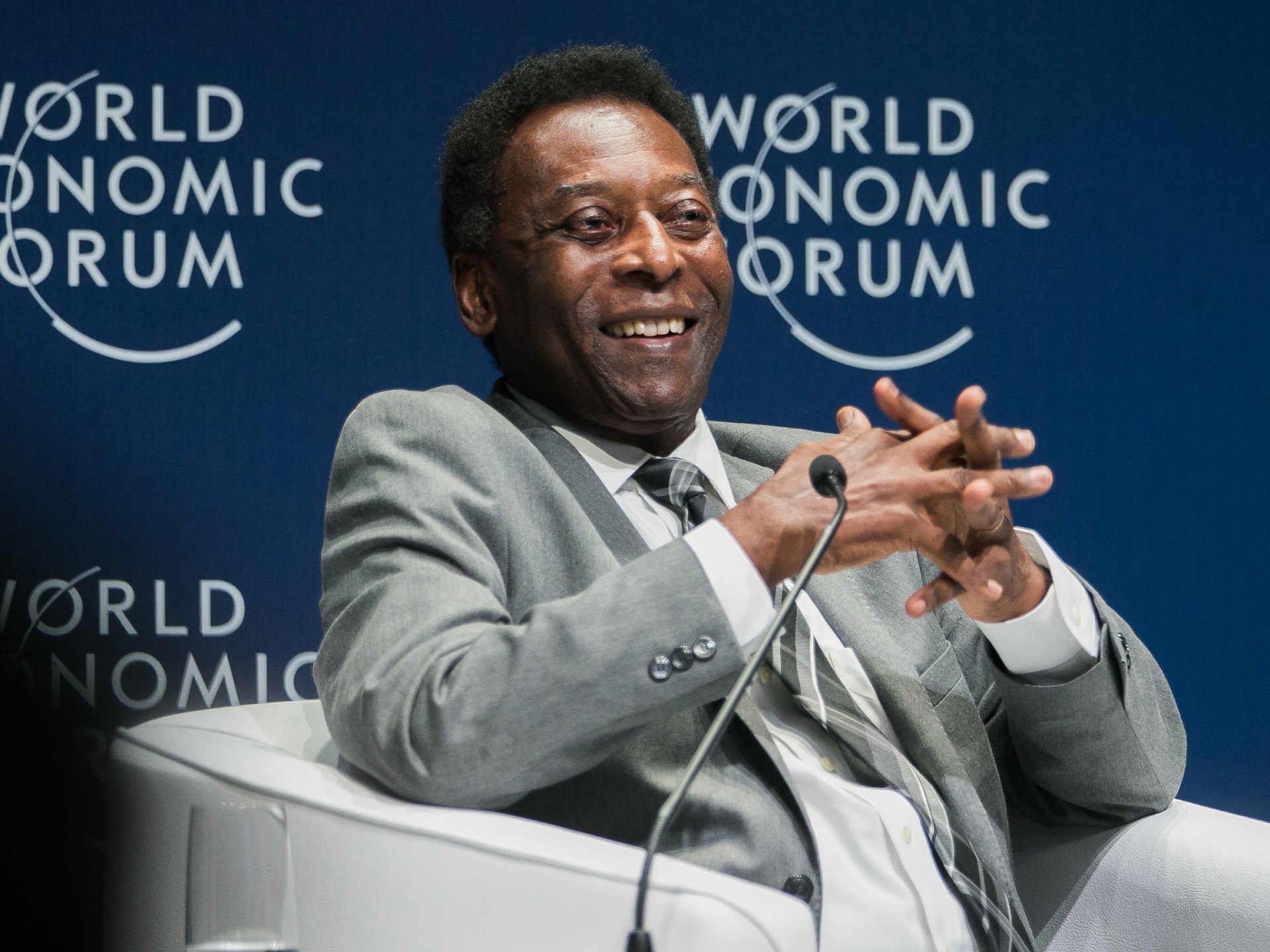The Darfur conflict revisited: Lessons un-learned
I first stumbled on the formative phase of the ongoing conflict in Darfur almost by accident during a brief visit to el-Fasher, the region’s capital, in January 1988. I was accompanying the then-Prime Minster Sadiq al-Mahdi to a tribal reconciliation conference. Amid the deceptively peaceful sandy terrain of this charming town, it came to me as a shock that horrors had been taking place in this part of Sudan.
I heard claims of dreadful atrocities, even attempts at extermination, particularly from representatives of the Fur ethnicity. It took me some time to figure out what was going on: an unprecedentedly brutal “ethnic” war was in full swing, pitting a bizarre “Arab” coalition of tribes against the Fur, a Nilo-Saharan ethnic group that gave the region its name (Darfur, the land of the Fur). While tribal conflicts had been a perennial feature of this region, they had been usually localised and brief, with limited casualties.
That one was different; unlocking its complexities is key to fathoming the continuing crisis in Darfur, which erupted 20 years ago. Despite being one of the most discussed, studied, and mediatised tragedies in recent history, many of the puzzles surrounding this crisis remain unsolved: its unusual level of brutality and rapid escalation, extremely high human cost, and its instant “spectacularisation”.
The roots of the conflict in Darfur have both regional and local dimensions. The region borders Libya and Chad to the west, which has had a destabilising effect on it. In 1965, the Chadian Civil War erupted, as various groups in the sparsely populated country rebelled against the government. Most of the factions fighting in the conflict were based in Darfur and many Sudan-based “Arab” tribes got involved.
The situation became even more complicated in the 1970s when Libya under Muammar Gaddafi started backing some rebel groups and Egypt and the US lent support to the government. This only increased the influx of sophisticated weapons into the region.
The flow of immigrants from Chad and beyond also led to a new spirit of self-assertion by the Arabs and their allies among minor tribes, and frequent incursions by them into traditionally Fur (and Masalit) territory. The conflict was exacerbated by the proliferation of militias, and by land and water scarcity. This created inter-tribal tensions and the Fur reacted by restricting traditional access to farmlands and water resources for the nomadic “Arabs”.
As the Chadian Civil War fizzled out, another conflict was re-ignited in Sudan’s south in the early 1980s. The rebellion against the government was led by the Sudan People’s Liberation Army (SPLA), which purported to represent the demands of all marginalised people in the country. The SPLA penetrated into Darfur, launching attacks against government forces there and later encouraging local rebellion.
The response from Khartoum was to arm the tribes of Darfur so they would act as a buffer against future attacks and enlist tribal militias to fight the rebellion.
Tensions between the Fur and Arab tribes escalated in 1987 into a two-year-long conflict. Since it involved many non-Sudanese actors, the traditional tribal restraints on excessive violence were not respected.
That war ended when a new and more moderate Fur governor was appointed in Darfur in 1989, making the regional government a mediator rather than a party to the conflict. Ironically, the June 1989 coup led by Omar Al-Bashir also helped, since it removed the partisan rivalry in Khartoum, which had exacerbated tensions in Darfur. Within one week of the coup, the last remaining obstacle to the agreement was resolved, and peace was restored.
However, as the new military regime intensified its war in the South, especially after using Arab militias to quell the 1991 SPLA attack in Darfur, it began to lean more towards the Arabs. Tensions persisted and were exacerbated by recurring droughts and the entanglement of various groups in regional conflicts.
In early 2003, a group calling itself Darfur’s Sudan Liberation Army (SLA) started attacking military and public institutions in Darfur. In April, it launched a spectacular raid on el-Fashir’s airport, in which several military planes were destroyed. In May, the regime removed the more sober governor of North Darfur, a loyalist non-Arab, who had tried to contain the conflict by reaching out to the rebels and seeking to promote consensus among Darfurians.
The regime’s pursuit of a quick “military solution” backfired badly, leading to an even more misguided decision to mobilise “Arab” militias, pejoratively known as the Janjaweed. A scorched earth policy was then implemented in combined attacks by these irregulars, the army and the air force, resulting in the destruction of hundreds of villages, the indiscriminate killing of tens of thousands and the displacement of millions. This did little to quell the rebellion. The devastation was horrendous.
In this regard, it was natural that the atrocities should capture considerable international attention. But the intensity and breadth of interest remain unique, compared, for example, to the conflict in the Democratic Republic of the Congo (1998-2003), where 5 million were killed, or even to the Rwandan genocide of 1994, which the US initially refused to classify as such. Even the war in South Sudan, which by then had been raging for two decades and had taken the lives of some 2 million people, did not receive comparable attention.
This occasioned some amazement and plenty of conspiracy theories. Even more sober voices, like Columbia University’s scholar Mahmood Mamdani, marvelled at this disproportionality. In his case, he compared the simultaneous US intervention in Iraq, where the number of civilian casualties was much higher (by American figures), but was dubbed a “counter-insurgency”, rather than a genocide. Mamdani blamed US propaganda for the disparity, and described the “Save Darfur Movement”, which championed the Darfur cause internationally, as a “humanitarian face of the war on terror”.
But the reality is a bit more nuanced. A combination of factors brought the conflict in Darfur to the international media spotlight, including the world marking the 10th anniversary of the Rwanda genocide in 2004 and Sudan’s struggling with its reputation as a “rogue state”, “terror sponsor” and perpetrator of atrocities in the war in the South.
The media itself also played a role. In March 2004, Mukesh Kapila, the UN humanitarian coordinator in Sudan, decided to go public with his misgivings about the international inaction on the “ongoing genocide” in Darfur. He did so on the influential Today programme, a flagship of BBC Radio 4. He lost his job, but the impact of his interview was similar to that of British journalist Michael Burke’s 1984 report for the BBC on the famine in Ethiopia. The popular reaction was phenomenal.
Soon after, Western politicians scrambled to catch up with the popular mood. Every Western foreign minister worth their salt interrupted their summer holiday and flew to Darfur, in appropriate summer attire, of course. US Secretary of State Colin Powell was joined by the UN Secretary-General Kofi Annan on the visit. Neither of them would have normally visited Sudan. The UN agreed on a peacekeeping mission in Darfur within just two weeks.
In July 2004, the Committee on Conscience of the United States Holocaust Memorial Museum made its first-ever “genocide emergency” declaration, warning that “genocide is imminent or is actually happening in the Darfur region of Sudan”. From there on, the issue snowballed and became self-reinforcing.
The Save Darfur Coalition, an alliance of about 130 human rights and religious organisations – disparaged by Mamdani and meticulously and candidly documented by Law Professor Rebecca Hamilton – took it from there.
Unfortunately, this intense international activism did little to help the victims in Darfur, most of whom still remain in displacement camps, two decades later. A UN peacekeeping mission, costing $1.5bn a year was set up in a place where there was no peace to keep. The “peacekeepers” were not even able to protect themselves.
Many UN vehicles were car-jacked and recycled to fund and equip militias or rebel groups. The UN peacekeepers dutifully reported the theft to the local police. Had these funds been diverted to peacebuilding, the crisis would have been resolved. The international actors remained as inactive as Kapila had alleged, but they engaged in gesture politics: the equally expensive International Criminal Court has yet to punish somebody and would not have been much good if it had.
An internationally sponsored peace deal was concluded in Abuja in 2006, but with only one of the three main rebel factions joining. It collapsed within four years. An agreement brokered by Qatar in Doha in 2011 did function minimally but was also shunned by the key actors.
By 2018, the military dimension of the conflict receded, following serious defeats suffered by the main rebel groups, but the crisis situation persisted. The armed conflict practically ended following the fall of al-Bashir’s regime in 2019, and the conclusion of a new deal involving most rebel groups in Juba in October 2020. However, even before the chaos that followed, the agreements had little impact on the lives of the millions of victims, and (too many) sporadic tribal conflicts still erupt.
To sum up, the conflict in Darfur, like that in the South, was caused by a combination of an implosion of self-rule in the region, combined with immorality and ineptitude at the centre, adverse regional and intentional dynamics, and mismanagement of political, economic, and environmental challenges.
The fragmentation and infighting of rebel groups accentuated the misery of the people, as did international inaction and misguided action. A whole generation of youths has grown up knowing nothing but life in camps.
If there are lessons, and a way forward, it is to put the victims into focus, and channel resources towards direct solutions. Half the annual expenditure on ineffective “peace” missions would have funded the repatriation and reconstruction for the displaced, and the de-mobilisation of armed groups, thus saving lives, resources and livelihoods. Let everyone get on with it.
The views expressed in this article are the author’s own and do not necessarily reflect Al Jazeera’s editorial stance.




